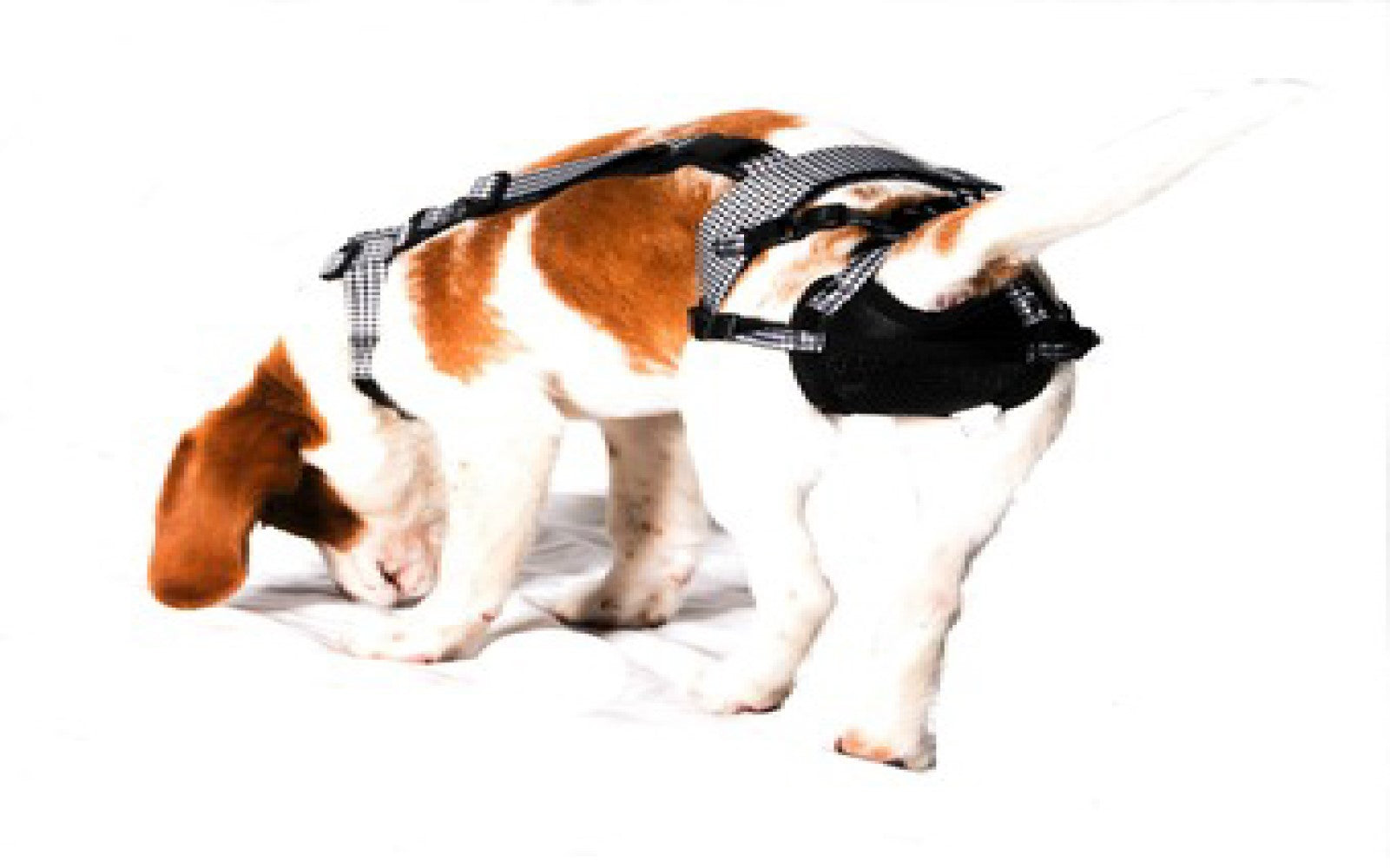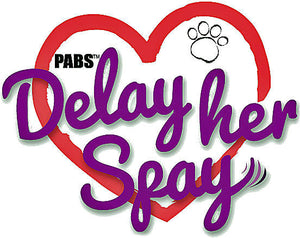Recent Post
Archive
- February 2025
- January 2025
-
- Why Spaying or Neutering Your Dog Too Early Could Hurt Their Health According to Recent Science
- Best Solution for Small Female Dogs in Heat
- Protect Female Dogs in Heat with Ease
- Skip Washable Diapers with a Smarter Solution
- Perfect Fit for Large Female Dogs in Heat
- The Best Dog Diapers Alternative Near You
- Why Your Dog Needs the Delay her Spay Harness Now!
- Top Tips for Walking Your Dog During Her Heat Cycle with the Delay Her Spay Harness
Tags

When Do I Know My Dog is No Longer in Heat? Understanding Canine Estrus
Dexter Blanch
Oct 26, 2023
In our line of business, we get asked this question a lot! So, here you go...
Estrus, commonly referred to as being "in heat," is a crucial phase in a female dog's reproductive cycle. It's essential for dog owners to understand this phase to ensure the well-being of their pets and to avoid unwanted pregnancies. Knowing when your dog is no longer in heat is just as important as recognizing when she's in heat. In this scientific blog, we will delve into the various stages of canine estrus and discuss the signs that indicate your dog is no longer in heat.
The Phases of Canine Estrus
Canine estrus is divided into several distinct phases. Understanding these phases is key to recognizing when your dog is no longer in heat:
1. Proestrus: This is the initial stage, during which you'll notice changes in your dog's behavior and appearance. Proestrus can last for about 7-10 days. Signs of proestrus include vulvar swelling and a bloody discharge. During this phase, your dog is not receptive to mating.
2. Estrus: This is the phase where your dog is fertile and receptive to males. It typically lasts around 7-10 days but can vary from dog to dog. During estrus, the bloody discharge decreases, and the vulva becomes less swollen. Your dog may also exhibit behavioral changes such as increased friendliness and flirting with male dogs.
3. Diestrus: This phase occurs if your dog does not become pregnant. It marks the end of estrus and can last for several weeks. The signs of diestrus are a return to normal vulvar size, and your dog's behavior will revert to its usual state.
4. Anestrus: This is the final phase and the time when your dog is not in heat. It can last for several months, during which your dog's reproductive system is at rest, and she will not exhibit any signs of being in estrus.
Here Are The Signs That Indicate Your Dog is No Longer in Heat...
Knowing when your dog is no longer in heat is crucial for both responsible pet ownership and preventing unwanted pregnancies. Here are some signs to look for:
1. Vulvar Size: The most obvious sign is the reduction in vulvar swelling. When your dog is no longer in heat, her vulva will return to its normal size.
2. Discharge: The bloody discharge, which is prevalent during proestrus and estrus, will gradually cease. When you no longer observe any discharge, it's a good indicator that your dog is out of heat.
3. Behavior: Your dog's behavior will return to its usual state during the anestrus phase. She will no longer display the flirtatious and receptive behavior seen during estrus.
4. Interest from Male Dogs: During estrus, male dogs are often attracted to your female in heat. As your dog exits estrus and moves into diestrus and anestrus, male interest will wane.
5. Physical Examination: Consult with your veterinarian for a thorough examination if you're uncertain about your dog's estrus phase. They can assess the reproductive cycle and provide guidance on when your dog is no longer in heat.
Conclusion
Understanding your dog's reproductive cycle and recognizing the signs of estrus and its subsequent phases is essential for responsible pet ownership. Being aware of when your dog is no longer in heat can help you manage her health, behavior, and prevent unwanted pregnancies. If you have any concerns or questions about your dog's estrus cycle, consult with your veterinarian for professional guidance and support.
In the meantime, while your dog is in heat, let us help you avoid an accidental litter. Go to www.delayherspay.com and search for the size dog chastity belt that is right for your dog.
← Older Post Newer Post →



